Mediterranean Pink Winter Heath (Erica Darleyensis) – 1 Gallon Pot
$39.97 Original price was: $39.97.$27.98Current price is: $27.98.
SKU: D2LSC 327984810 Categories: 12 Inch Or Taller Groundcovers, GROUNDCOVER PLANTS
- Your needs, our top priority.
- Safe Transactions, Always
- Unbeatable quality, unbeatable prices.
- Quality and Affordability Combined

Mediterranean Pink Winter Heath
Erica x darleyensis ‘Mediterranean Pink’
Plant Details
USDA Plant Hardiness Zones: 6a-8b Find Your Zone
Plant Type: Evergreen Flowering Sub-Shrub
Height at Maturity: 12-18″
Width at Maturity: 24-30″
Spacing: 2′ for mass planting; 4′ for space between plants
Spacing: 2′ for mass planting; 4′ for space between plants
Growth Habit / Form: Spreading Mounding
Growth Rate: Slow to Moderate
Flower Color: Lavender-Pink
Flower Size: Small, in spiked clusters
Flowering Period: Early Spring to Mid-Spring
Flower Type: Single, Bell-Shaped in spiked clusters
Fragrant Flowers: No
Foliage Color: Green
Fragrant Foliage: No
Berries: No
Berry Color: na
Sun Needs: Full to Mostly Sun for best flowering. Will not flower in shade
Water Needs: Average
Soil Type: Clay (amend heavy clay to ensure good drainage), Loam, Sandy, Silt
Soil Moisture / Drainage: Moist But Well Drained
Soil pH: 5.0 – 6.5 (Acid)
Maintenance / Care: Low
Attracts: Beneficial Pollinators, Visual Attention
Resistances / Tolerances: Deer, Drought (when established), Salt Tolerant
Description
A very pretty little evergreen sub-shrub that blooms during the winter, ‘Mediterranean Pink’ Winter Heath forms a dense spreading mound to 12 inches high and 2 feet wide of rosemary-like needled foliage that is covered with abundant spikes of lavender-pink bell-shaped flowers that add another 6 inches to the height of the plant. The flowers appear late winter through early spring when not much else is blooming in the landscape. Its attractive foliage and profuse bloom make Mediterranean Pink Winter Heath both a colorful and textural accent for smaller garden spaces and containers or in groupings or as a border or groundcover in larger spaces.
Erica x darleyensis ‘Mediterranean Pink’ is a hybrid, its parents being Erica carnea, which is native to central Europe, and Erica erigena, which is native to Ireland.
Landscape & Garden Uses
Growing 12 to 18 inches tall and 2 to 3 feet wide, Mediterranean Pink Winter Heath is ideal for use as an accent in smaller garden spaces or containers that can be situated and enjoyed on patios, decks and porches. In larger spaces it serves well in groupings or as a border or groundcover for use on slopes and embankments. When massed as a groundcover the foliage is dense enough to suppress weeds. A fine addition to pink theme gardens, beneficial pollinator gardens, Mediterranean gardens, rock gardens and cottage gardens.
Spacing: 18 to 24 inches apart for mass planting; 4 feet or more apart for space between plants
How To Measure Square Feet of A Planting Area
Determining How Many Plants To Fill A Planting Area
Growing Preferences
Winter Heath plants are easy to grow when planted right and in the right environment. They prefer the same soil conditions as do azaleas and rhododendrons; moist but well-drained and acidic. Though a well-drained soil is needed, they like the ground to stay moist. That said, as with so many other types of ornamental plants, constantly soggy or wet soils can be problematic. Overly dry soil can be problematic as well. Provide occasional deep soakings during prolonged drought. To flower their best give winter heath full to mostly sun. Some shade or filtered sun during the hottest part of summer afternoons will be appreciated in the warmer southern zones where they grow. We suggest 6 or more hours of direct sunlight per day.
Note: Find helpful advice from our experts under the Planting & Care tab above on desktop computer monitors or below on mobile devices
Plant Long & Prosper!
Meet The Wilson Brothers & Staff
Questions? Contact Us!
Be the first to review “Mediterranean Pink Winter Heath (Erica Darleyensis) – 1 Gallon Pot” Cancel reply
Related products
Sale!
GROUNDCOVER PLANTS
Sale!
GROUNDCOVER PLANTS
Sale!
GROUNDCOVER PLANTS
Sale!
GROUNDCOVER PLANTS
Dwarf Golden Sweet Flag – Acorus Gramineus ‘Minimus Aureus’ – 5 Pack Of Pint Pots
Sale!
6-12 Inch Height Groundcovers
Sale!
GROUNDCOVER PLANTS
Sale!
Sale!
GROUNDCOVER PLANTS




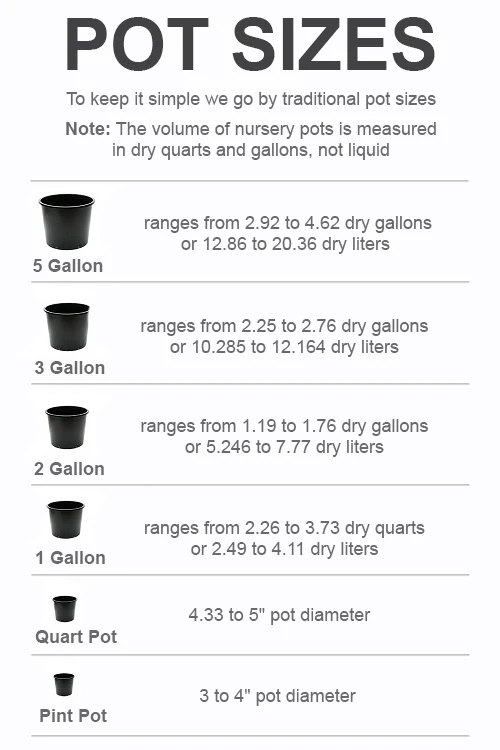

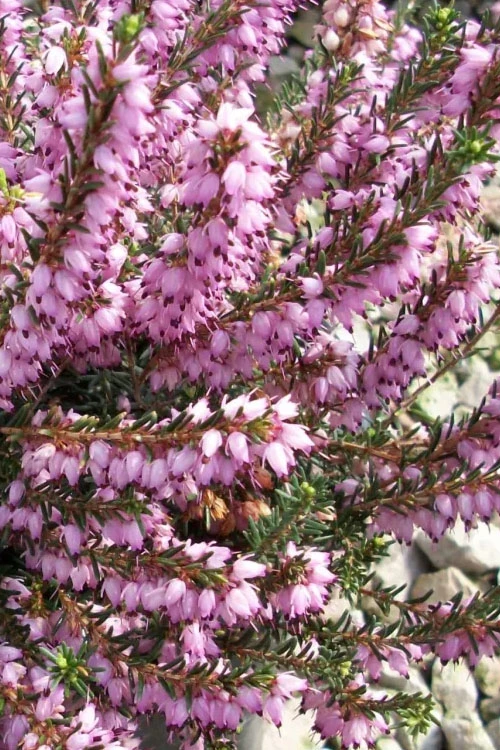
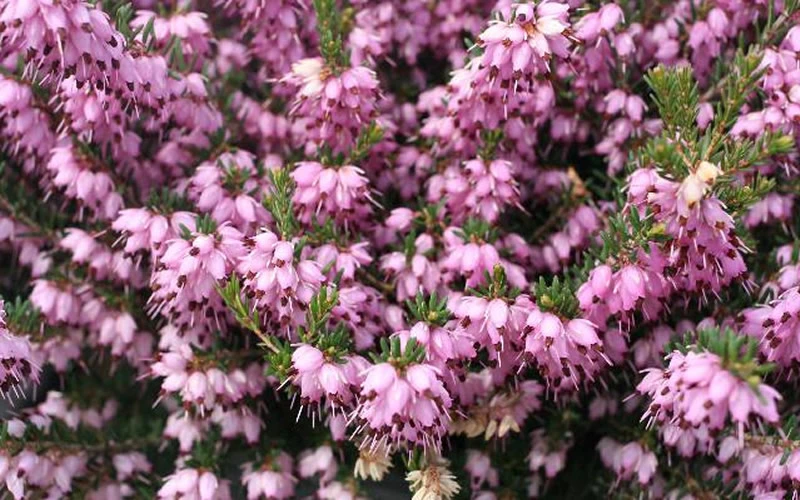

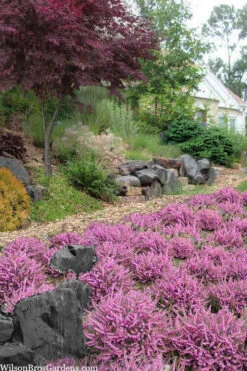

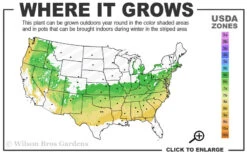

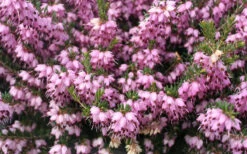
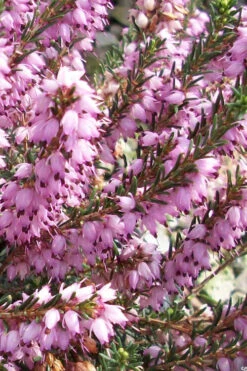

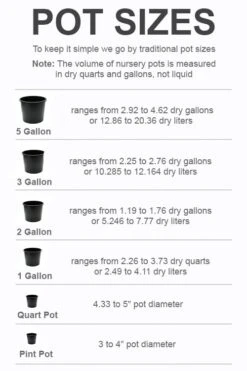
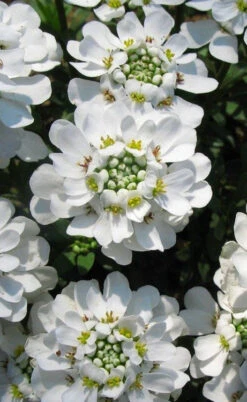
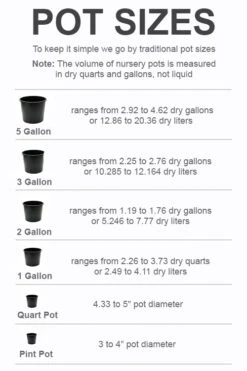
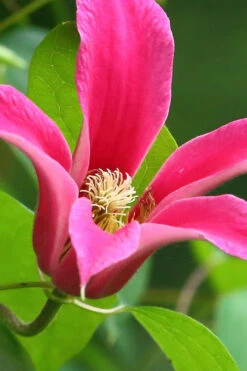
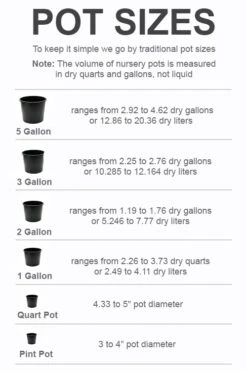
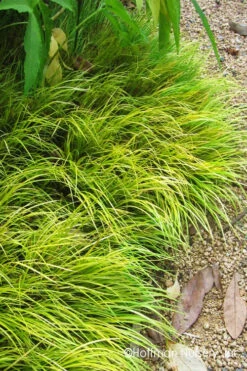
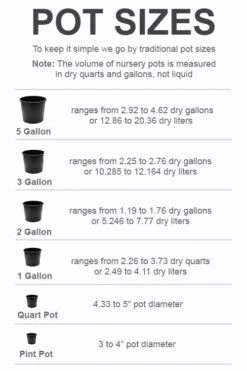
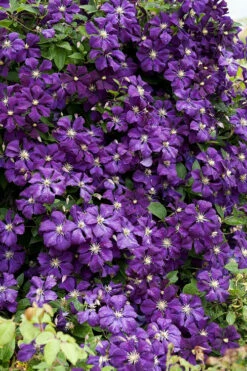
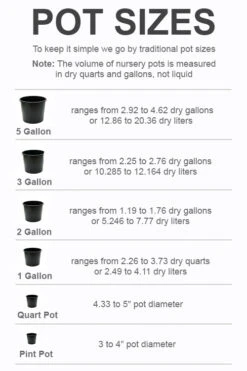


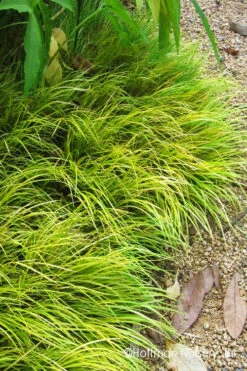
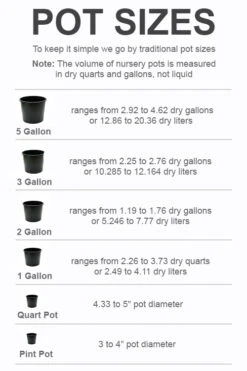
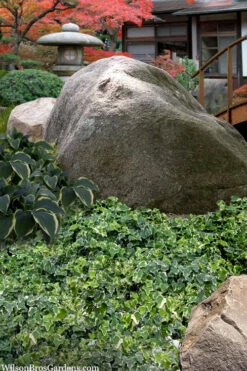

Reviews
There are no reviews yet.